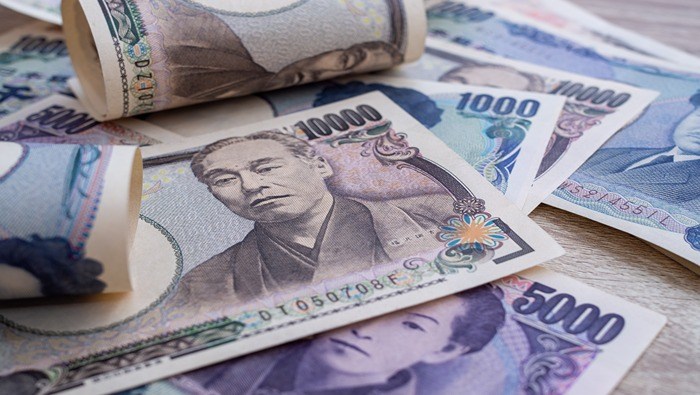CHINA’S ECONOMIC PLAN IN 2019- TALKING POINTS:
- China will implement a more proactive fiscal policy in 2019, good news for the economy and the Yuan.
- China may launch more targeted easing to support private companies; yet it could drag down the Yuan.
- An omission in FX policy raises concerns on whether China will defend the Yuan at a key level.
How to trade news? Learn with DailyFX Free Trading Guides!
China revealed the top economic policies and targets in 2019 at the annual Central Economic Work Conference, which was held from December 19 to 21. Here are the highlights and how they could impact the Yuan:
MORE PROACTIVE FISCAL POLICY
The policy: China will adopt a more proactive fiscal policy in 2019. This includes larger scale of cuts in taxes and fees.
What has changed: In 2018, the fiscal deficit target was set to be 2.38 trillion yuan, with a deficit ratio of 2.6%; among all, the cuts in taxes and fees were estimated to be 1.3 trillion yuan. In 2019, the fiscal deficit ratio could be raised back to 3.0% as in 2017. The exact target will be released at the annual National People’s Congress, which is normally held in early March after the Lunar New Year.
A Review of China’s Fiscal Deficit Since 2015
Impact to the Yuan: China’s economic growth rate has dropped to 6.5% in the third quarter of 2018. A more proactive fiscal policy may help to add some momentum to the economy or at least slow down the drop in the economic expansion. Therefore, it is positive news to the Yuan.
PRUDENT MONETARY POLICY WITH A NEW DEFINITION
The policy: China will maintain the prudent policy to be neither too tight nor too loose, while keep the liquidity at a reasonable and ample level. [Regulators] will work on the transmission mechanism of the monetary policy, as well as facilitate private companies and small-to-micro sized companies to get cheaper loans.
What has changed: In early 2018, the emphasis was on the control of expanding monetary supply and loans, which made the monetary policy tighter than in 2017. As financing became increasingly difficult, in specific to small-to-micro sized companies, China’s Central Bank began to cut the reserve requirement ratio (RRR). It has lowered the rate for four times in 2018. The regulator also introduced Targeted Medium-term Lending Facility in late December, a new tool that is equvalent to a targeted interest rate cut.
In 2019, China’s Central Bank, PBOC, may not cut benchmark interests, but is likely to continue to reduce the borrowing costs for small-to-micro sized companies through RRR and other tools. This will make the monetary policy looser than previously.
Impact to the Yuan: A looser monetary policy is negative news to the Yuan. For instance, the RRR cut in October 2018 fueled bearish momentum in the Yuan.
AN OMISSION IN FX POLICY
What is omitted: In the statement of the 2018 economic plan, maintaining the Yuan exchange rate relatively stable and at a reasonable level was set to be a target. This is no longer addressed in the 2019 plan. Whether there is a substantial change in China’s FX policy will need further evidence. Yet, the fact of an omission in the 2019 plan indicates maintaining the Yuan rate at a certain level may not be as urgent as other targets addressed.
Impact to the Yuan: The USD/CNH is close to a critical psychological level of 7.0. Arguments emerged that whether China’s Central Bank would defend the rate at this level. It did, but whether it will continue to is a question. An advisor from the Central Bank, Sheng Songcheng, expressed his opinion on Monday that the regulator should do: Defending the Yuan below 7 will cost less foreign reserves than above 7, when against the same amount of pip move. However, whether this is a consensus from the Central Bank will need more proofs.
A FULL SCOPE OF OPENING-UP & EXPANSION IN TRADE
The plan: China will advance with a full scope of opening-up. The country will broaden market access and protect foreign companies’ rights in China, in specific intellectual property rights. China will also spend efforts on increasing trade volume and advancing trade talks with the United States.
What is added: The emphasis on protection of foreign companies’ rights as well as promotion in trade has been added into the 2019 plan. Industrial policy and trade deficits are the top two issues in the US-China trade war. These complicated issues are less likely to be resolved in a short-term period as both can be dated back to a decade ago; yet, an inclusion of the issues in China’s top annual plan shows that the country would like to spend efforts to solve them.
Impact to the Yuan: If the trade disputes can be eased, not intensified in 2019, some pressure on the Yuan rate could be removed. Thus, it will be good news for the Yuan.
-- Written by Renee Mu, Currency Analyst with DailyFX







